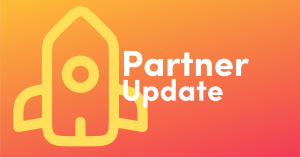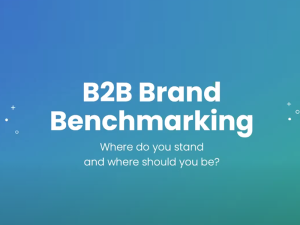The World Before Email Subject Lines
In 1971, the American computer programmer Ray Tomlinson sent the first email. Sent from one computer to another in the same room, the message consisted of a string of unconnected letters; in Tomlinson’s own words, “something like QWERTYUIOP.” From these humble beginnings, a new era of human communication began. Little did Tomlinson know that over the following decades, email (electronic mail) would grow to become one of the most popular and ubiquitous platforms for people to communicate with each other. Today, email is a staple of personal and business communication. This year, it was estimated that there are 2.8 billion email users worldwide – that’s over one-third of the world’s total population! As more people started using email, so the format of the email itself changed. That very first email from 1971 didn’t contain a subject line; today, every email provider and platform includes subject lines. They have become a core element of the email format.Why do email subject lines matter?
For business, email subject lines are all-important. They can make all the difference to an email being opened or thrown into the “Deleted Items” folder. Last year, approximately 269 billion emails were sent and received each day. This is expected to rise to over 333 billion emails by 2022.Top five tips for email subject line success
With so much competition out there, it’s vital for an email’s subject line to stand out. But how can you go about doing this? Luckily, we have some expert advice on hand. Cognism’s customer success team are masters of the outbound email. They’ve put forward their top five tips for making your subject lines as effective as possible. Read on and be inspired!- Keep It Short
- Use Action Verbs
- “Build your online presence…”
- “Grow your sales pipeline…”
- “Find out how…”
- “Start your free trial…”
- “Join us today…”
- Be Honest
- Use Numbers and Statistics
- Get Personal










